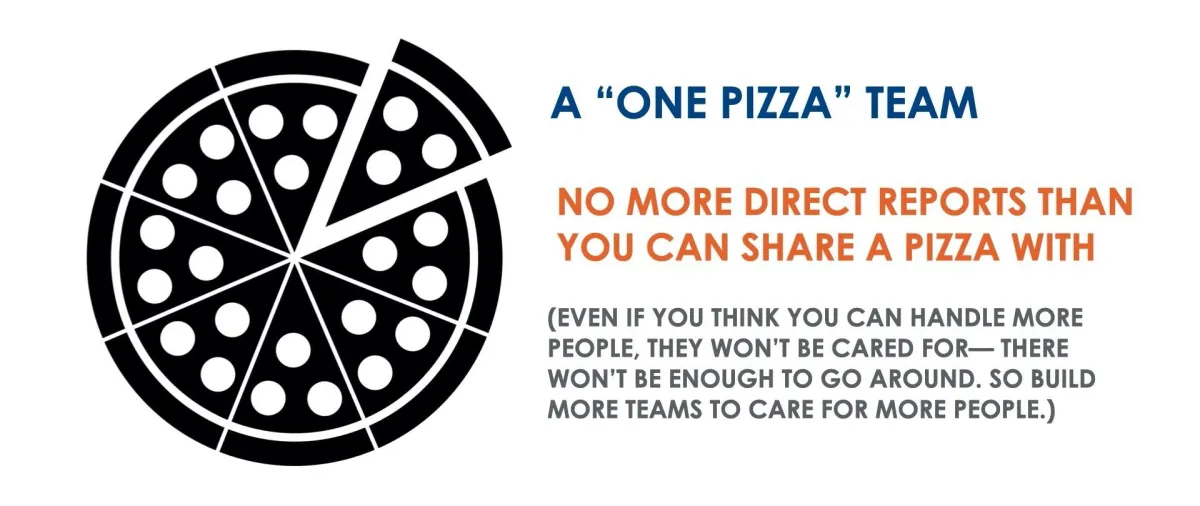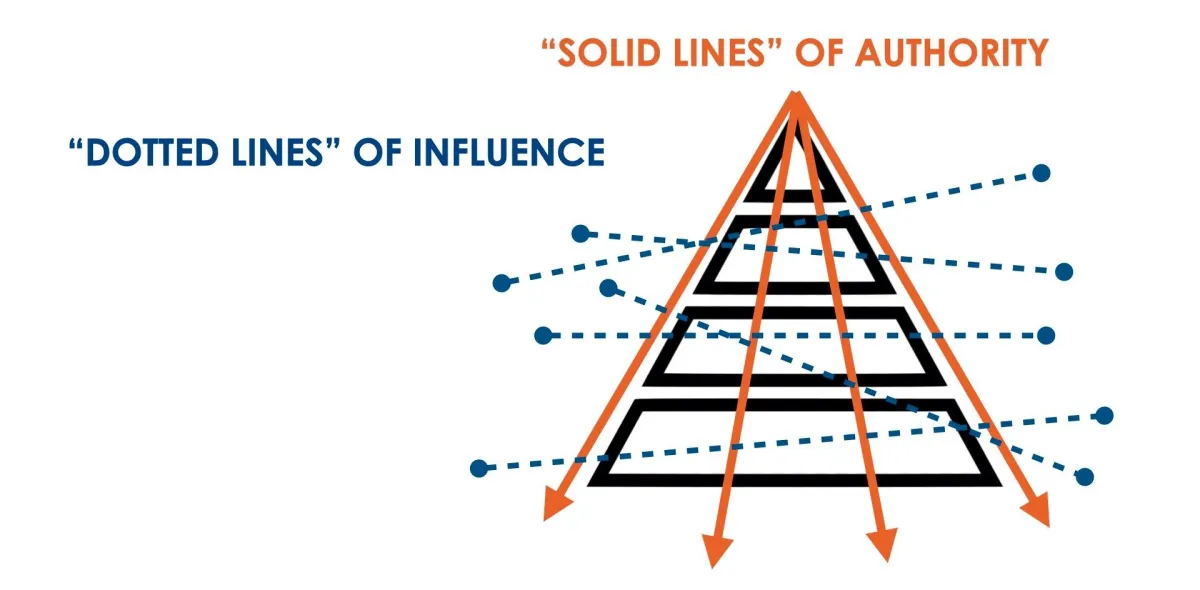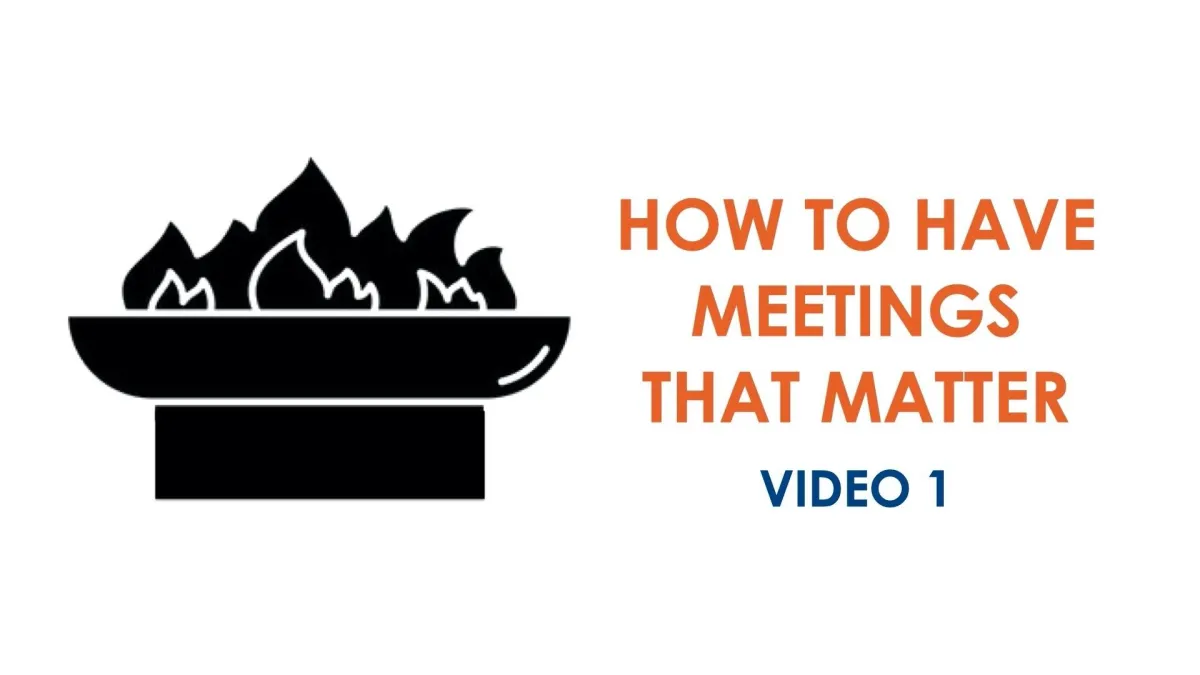
Killer Teams Crash Course (Video #4 of 4)
Restructure Your Team For Growth & Peace
In the final module of the Teams Crash Course we talk about how to structure your team…
Think about it. Every pro football team has a line-up of great players. But, yet, not every team is the same…
The difference-maker, much of the time, is knowing how to structure the team in order to leverage the most from the talent.
Here are a few ways to do that (this works GREAT for volunteer teams, too!)—
#1 Build a one-pizza team for every team you have
Here’s what that means = don’t have more people on a team than can split a pizza.
You can manage more, sure, but you can’t CARE for more. And leadership isn’t just about going somewhere, it’s about the people you’re going there with…
Build a bunch of pizza parties by having these smaller teams throughout your organization at every level.

#2 Clearly define authority vs. influence (solid lines vs. dotted Ines)
No one needs to feel like they have two bosses. Often, we do, though, b/c other people on the staff influence what we think + feel + do.
(And they should! Like we learned in module 1, healthy teams collaborate!)
But we need to know where the “solid lines” of authority go (i.e., “you report to this person, so you need to do what they tell you.”).
And we need to know where the dotted lines of influence go (“learn from these people and get input, b/c they want to see you and the organization succeed, but you’re not ultimately responsible to them”).

#3 Have some PROJECTS and have some PRODUCTS
These are labels for 2 types of leaders…
PRODUCTS are seasoned leaders who are ready to charge full force. They have experience + wisdom. They can be released to lead.
PROJECTS are unseasoned leaders who need training. They have massive potential, but aren’t ready for front-line leadership.
You need both.
You need PRODUCTS (leaders, mentors), who can forge ahead, despite any pressures that come.
You also need PROJECTS (apprentices, mentorees), who— in their own time— will lead well!
Watch the other 3 videos in the Killer Teams Crash Course below

Trust me, if that title seems a bit snoozy, then you’ve got to see how incredible meetings CAN be when done in a way that matters!

Nothing will cut your credibility faster than lack of follow-through. But, despite our intentions, we seem to run out of time.

Some teams consistently “get more” out of their talent. You can do the same thing, too, and go “next level” with a few adjustments.